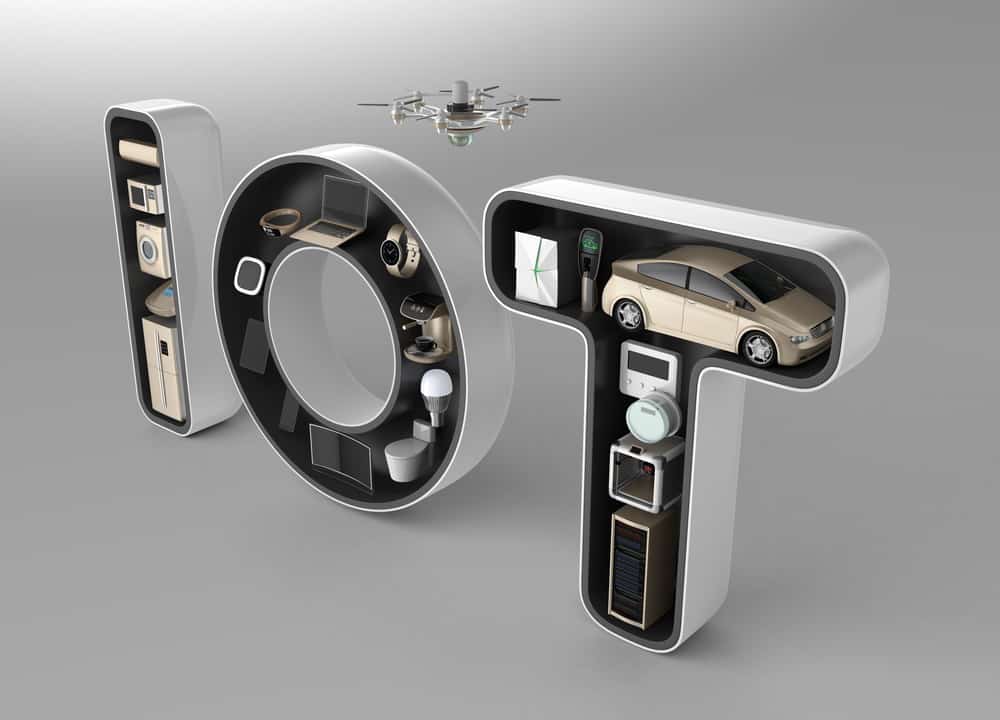POSTED : March 22, 2017
BY : Concentrix Catalyst
Categories: API Management & Security,Data & Analytics

A major regional energy provider faced a challenge. Like many of its peers, this organization needed to accommodate the move toward sustainable energy and shifting demographics. It opted to modernize its demand-and-response management product offering and deploy a “smart grid.” Yet an infrastructure already existed, and developing an entirely new solution was not feasible. The organization needed to retrofit a “dumb” technology with a smart one.
For existing customers, the energy provider distributed smart plugs and devices that could be connected to their appliances. Existing buildings received new, smart controllers, and new buildings were constructed with built-in, specialized smart meters. Over the long term, a more even distribution of energy demand and a more efficient model would result in substantial savings and increased sustainability for the energy provider and its customers.
Upgrades have never been easy. Machines are often designed with a single pattern or process in mind, and groups may confront internal resistance. Organizations around the world are battling these barriers as they overlay new connected solutions on legacy systems. Still, the booming Internet of Things (IoT) is spurring them to face these challenges in unprecedented ways.
The IoT is defined by its connectivity. Until relatively recently, technology operated independently — unique devices or networks were limited to specific platforms or departments. They were not designed to link to the cloud or any other outside solution. While consumer products are often replaced every few years, industrial technology frequently has a longer lifespan. In some instances, the update is relatively simple. (For example, the energy company was able to distribute and set up new equipment in key areas to update the entire grid.) In others, more drastic changes must be made.
Even if an enterprise is able to link its devices, the solution may not last long. Due to the IoT’s rapid spread, there is no consensus as to which platform the IoT should use. Organizations like the zigbee alliance or the industrial internet consortium have made progress, but the future remains uncertain. Older tools were never meant to connect, so such variations were not an issue.
Any organizational change, digital or not, must take people into account. With each passing year, people expect more flexibility, simplicity and mobility from their technology. The only way of meeting this demand is to develop and implement new solutions and storage.
At the same time, users tend to stagnate in their environment. They become comfortable with certain tools and processes, and changes make them feel threatened. Integrating the IoT into legacy systems does not only refer to technology: Humans are equally important, and they too must be retrained, updated and integrated.
To move to a connected design, organizations first must understand their legacy systems. Connecting to and fully leveraging the Internet of Things is a complex transition, and users must widen their definition of legacy systems to include people as well as devices and applications.
Learn more about how the IoT market continues to innovate.
Tags: Edge, Internet of Things